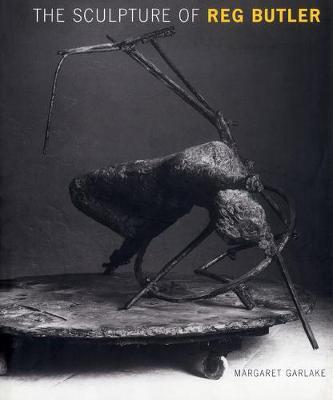The British Sculptors & Sculpture
1 total work
In the post-war period, Reg Butler (1913-81) was one of the best known sculptors in the world. His Venice Biennale showing (1952) was followed in 1953 by his victory in the international competition for a 'Monument to the Unknown Political Prisoner': defeating Alexander Calder, Naum Gabo and Barbara Hepworth, among other established artists. The monument was never built, but the competition established Butler's reputation internationally and as the leading sculptor of his generation.
The private passions (and obsessions) which drove Butler to stardom in the 50s seemed increasingly to isolate him in the 60s and 70s, when he spent more time developing his highly personal and meticulous technical and iconographic language. Its final form - in terms of the late bronzes - proved unpalatable to contemporary critics, and is still controversial today.
The Sculpture of Reg Butler is the first book-length overview of Butler's sculpture throughout his career until his death in 1981. It catalogues and illustrates virtually all extant works. Margaret Garlake analyses the development, themes and visual and intellectual origins of the sculpture; considers why Butler has been largely ignored since the early 1960s; examines his studio practice and sculptural techniques, and assesses his work in the context of that of his contemporaries.
The private passions (and obsessions) which drove Butler to stardom in the 50s seemed increasingly to isolate him in the 60s and 70s, when he spent more time developing his highly personal and meticulous technical and iconographic language. Its final form - in terms of the late bronzes - proved unpalatable to contemporary critics, and is still controversial today.
The Sculpture of Reg Butler is the first book-length overview of Butler's sculpture throughout his career until his death in 1981. It catalogues and illustrates virtually all extant works. Margaret Garlake analyses the development, themes and visual and intellectual origins of the sculpture; considers why Butler has been largely ignored since the early 1960s; examines his studio practice and sculptural techniques, and assesses his work in the context of that of his contemporaries.
